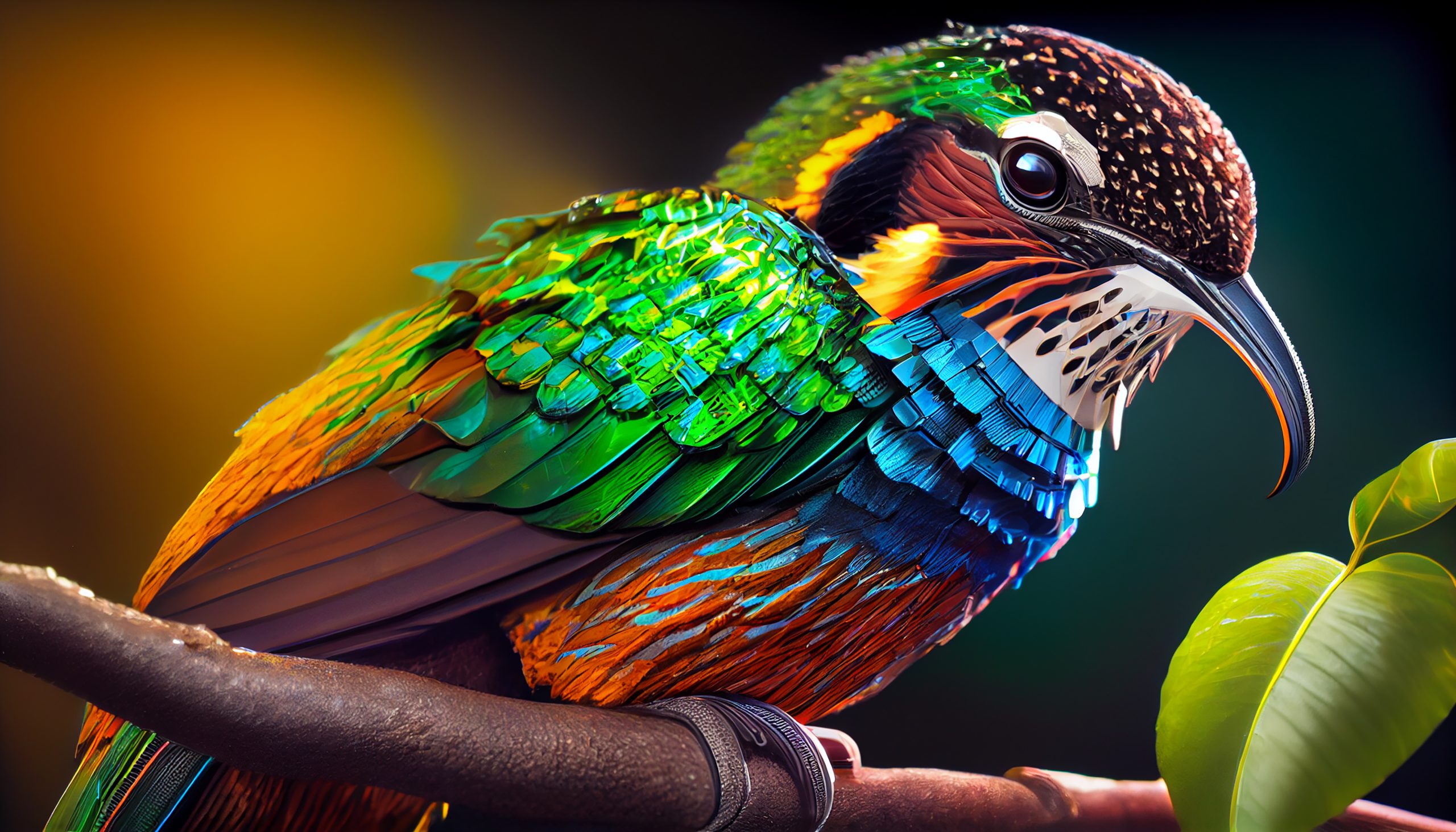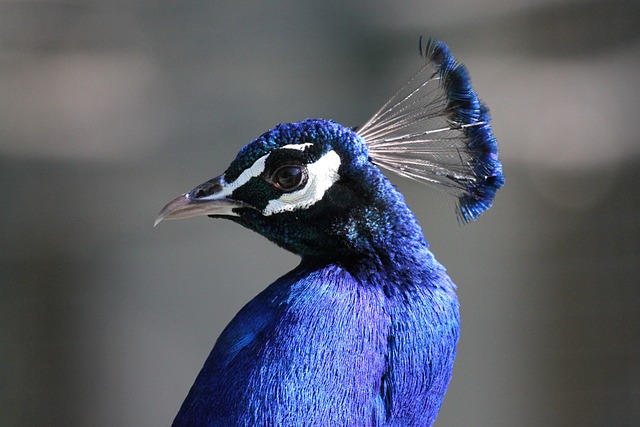Flamingos rank among the most recognizable birds on the planet with their spindly legs, sweeping necks, inverted bill, and vibrant pink plumage. But did you know several other bird species closely resemble flamingos or display imposter coloring?
Read on to discover and compare flamingo doppelgängers and relatives from around the globe and learn what exactly gives flamingos their signature aesthetic.
3 Birds Commonly Confused for Flamingos
Several birds endure cases of mistaken flamingo identity due to similar builds and feeding behaviors:
American Avocets
Long legs and upward curving bills make avocets frequent flamingo imposters. However, these North American shorebirds have much smaller statures around 18 inches tall and mostly pale gray-white coloration with black accents. Their bills also taper to more defined points for sweeping side to side through water to catch aquatic invertebrates.
Black-necked Stilts
As another wading species, black-necked stilts also emulate the flamingo look in miniature. Their black and white plumage even mimics baby flamingo tones! But North America’s patterns allow differentiation. Stilts reach just 16 inches tall fully grown. Most distinctively, orange stick-like legs extend far past their short tails in flight.
Chilean Flamingos
One species deserves its frequent case of mistaken identity – the Chilean flamingo. Ranging across South America, they look almost identical to their greater flamingo cousins in Africa. Slightly smaller size and more muted coloration helps set them apart up close. But the similarities run remarkably deep thanks to shared genus taxonomy.
3 True Flamingo Species Relatives
Beyond doppelgängers, three related bird groups give further insight into flamingo ancestry and evolution:
Anhingas
With lanky necks and sleek black plumage, anhingas seem an unlikely flamingo relative. But skeletal analysis confirms they diverged from a common ciconiiform ancestor. Like herons, storks and ibises, anhingids and phoenicopterids now reside as cousins in the order. Behavioral similarities like soaring with necks outstretched still unite them.
Grebes
Grebes rank more closely on the flamingo evolutionary tree as fellow members of the Mirandornithes clade. Their feet still partially webbed for superior swimming proves the amphibious link. Dramatic colors and mating rituals also bond these water birds. But compact bodies for diving instead of wading have long differentiated grebes.
Flufftails
These elusive African rails blend into wetland grasses very unlike flamingo ways. Yet DNA analysis firmly allies flufftails alongside flamingos in the Pheonicopterimorphae group. Flight and call patterns support their kinship though clear anatomical divergence long ago yielded their distinct traits for swamp survival.
Here’s a summary table of flamingo look-alikes versus genuine relatives:
| Bird | Relation to Flamingos | Traits in Common | Difference | Region Found |
|---|---|---|---|---|
| American Avocets | Mimics | Legs, Bill, Feeding | Size, Color, Actual Bill Shape | North America |
| Black-necked Stilts | Mimics | Legs, Neck Posture | Color, Size, Excess Leg Length | Western Hemispheres |
| Chilean Flamingo | Direct Relative | Genus, Anatomy, Pink Color | Slightly Smaller Size | South America |
| Anhingas | Distant Cousins | Neck Carriage, Ancient Order | Diet, Habitat, Black Color | Americas, Africa, Australia |
| Grebes | Extended Family | Feet, Displays | Diving Lifestyle | America, Europe, Australia |
| Flufftails | Surprise Relatives | DNA, Calls | Looks, Habitat, Size | Sub-Saharan Africa |
What Causes Flamingo Coloration?
Now that imposters are properly identified, what exactly produces flamingos’ signature pigmentation to complete their aesthetic? It turns out their very diets supply the secret to those vibrant hues:
Biochromy
Like nature’s watercolors, various blue-green algae, plants and crustaceans flamingos filter feed contain organic pigments called carotenoids. As flamingos digest them, carotenoids are absorbed into fats under feathers as biochromes without altering chemical structure.
Carotenoid Variety and Density
Depending on location and food sources, different concentrations and combinations of carotenoids dust flamingos. Ranging from deep crimson to bright orange to pure pink, their diverse palette reflects local nutrition. Captive flamingos must be supplemented to achieve proper color.
White Feathers Lack Pigment
Flamingos are born gray with patches of white down. These feathers entirely lack pigment cells. No biochromes can permeate so they remain pure white with each molt throughout maturity for high contrast.
So in reality, flamingos create their spectacle from the inside out thanks to unique metabolic systems and specialized feather structures tailored for maximum visual drama!
Frequently Asked Questions About Flamingo-esque Birds
Below are some common questions about birds easily confused with flamingos or closely related to them:
Why do birds mimic flamingo looks?
Mimics like avocets and stilts have adapted similar poses and builds for wading through the same shallow wetland habitats in search of small aquatic prey. Their techniques converge even if colors don’t match flamingo models.
How closely related are anhingas to flamingos?
Anhingas split from the common ciconiiform ancestor over 80 million years ago, making them distant cousins compared to closer ties still binding flamingos with grebes and flufftails.
Which species has the greatest color variety – flamingos or imposter birds?
Flamingos display the widest range of shades from pure crimson to vibrant tangerine to shocking bubblegum pink all within one species. Mimics like avocets and stilts simply come in gray scale. Even other Phoenicopteridae only reach red or yellowish tones at most.
Why are some flamingos brighter colored than others?
As biochromes obtained from their food supply, the carotenoid content and composition directly impacts color saturation. Well fed, healthy flamingos glow while malnutrition causes faded hues. Zoo flamingos need supplementation to achieve vivid pinks.
Conclusion
While several birds like American avocets emulate flamingo looks from afar and Chilean flamingos closely resemble their greater cousins, DNA tests confirm Grebes, flufftails and even anhingas share the closest genetics making them true flamingo relatives even if appearances and lifestyles diverge dramatically between them now. Unique biochrome pathways allow flamingos to stand out crisply even among lookalikes thanks to their specialized metabolism and diet. So next time you spot fabulously colorful flamingos striding across the marsh, appreciate you are witnessing the beautiful intersection of biology, evolution and their local food web playing out in feathered drama!



